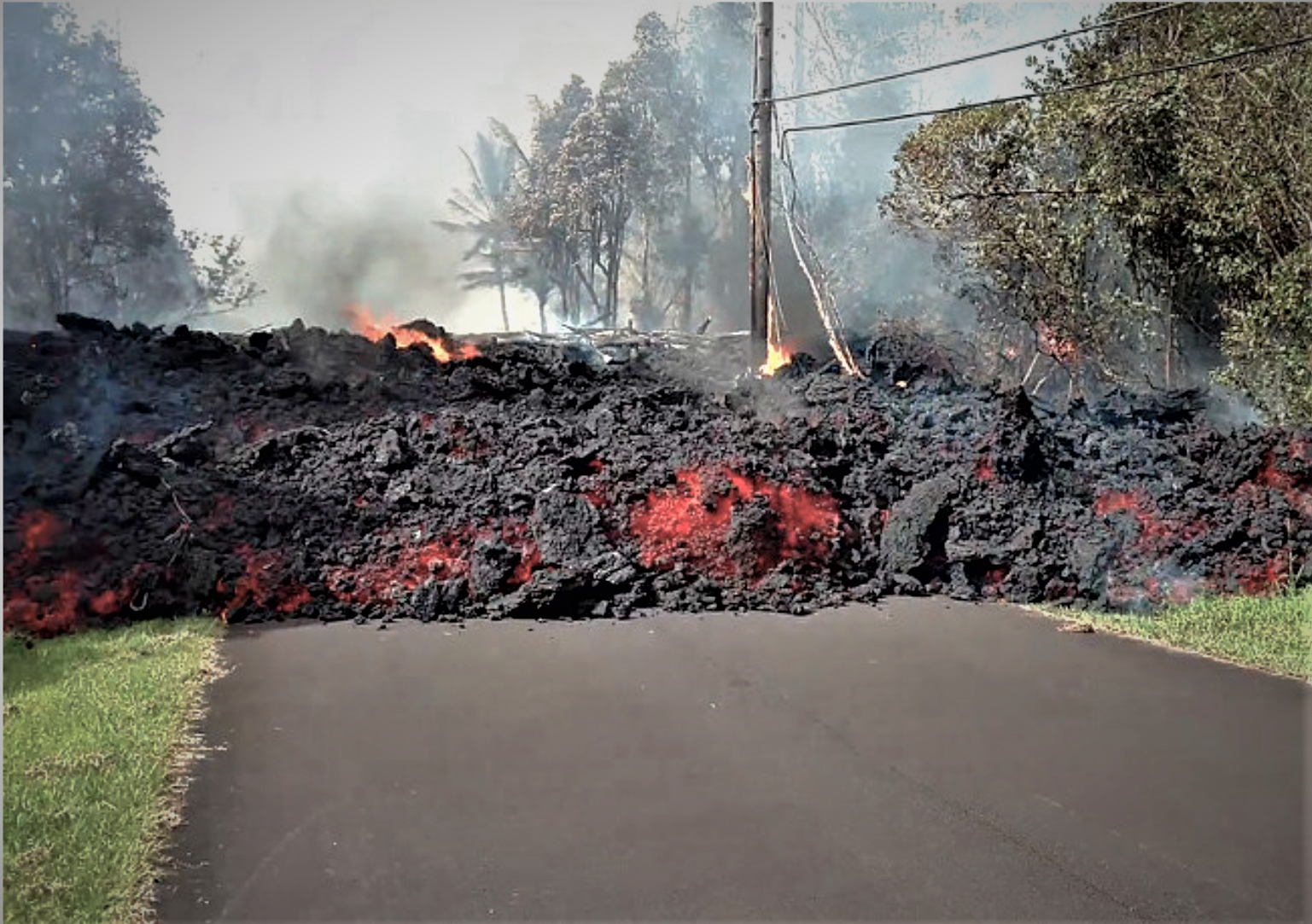The Role of Museums Right Now
/This is a weird time for museums and other cultural institutions right now, to say the least. Some have gone into hibernation. Some into survival mode. Others have kept operating despite being physically closed to the public, redirecting their efforts online to achieve their goals.
Many of these decisions are contentious, and spilling over into public spats.
I was chatting with Kyle Bowen of Superhelpful this week, who is one of the best people I know for discussing audience development and retention at cultural institutions.
I shared this rather forthright article with him about one such debate.
Here is our discussion about it:
KYLE: “It is a topic I’ve been thinking a lot about lately. I think for some institutions, now will be a time for some reflection and new thinking. For others, that’s totally unfeasible. I think a lot of people right now may be having trouble imagining anything other than what they see or experience — this article seems to reflect that. Maybe the crisis is making it harder for us to tolerate or even imagine that we won’t all respond to this crisis in the same way. What are your thoughts?”
FRANCIS: “We’re in unprecedented territory (unless you have had the personal misfortune of working in a museum that became part of a war zone). Change is happening fast, and with it an enormous number of very different decisions made by institutions around the world – frequently with only hours to decide.
What should the priorities be? Should institutions look at preserving endowments meant for long-term improvements and projects? Or should they look beyond their holdings and focus on the people who are the lifeblood of their operations, who may not wait around if let go? How much would it cost to rehire and train new staff, versus keeping a pool of talent? Is it an appropriate time, when people are losing jobs, to ask for extra donations to stay solvent?
These are tough decisions. And just as we have seen with celebrities posting videos online, institutions can respond with heartwarming, uplifting stories. Or they can get it wrong, sounding tone-deaf and smugly naive to real life-and-death issues. I’ve seen both in recent weeks.
What should institutions do? One idea seems foolproof: to use this time to reach people. All the plans that your institution had to share content online, to have your experts talk about favorite objects and ideas? The ones that you never quite got around to? Now is the moment to share your knowledge and be relevant to audiences both locally and worldwide. Tell people why what you exist for is important – and then show them. If your institution has relevance to current events — whether talking about medieval plagues, or the quarantine astronauts went through when returning from the moon — share it. Be a part of people’s everyday lives in a new way as we all ride this out. You’ll be remembered fondly for it when this is done and people resume normal life. And you’ll make a difference at this moment, and prove what every museum professional knows – we are a vital and relevant part of modern life.”
Kyle is continuing the conversation over at his site (you may need to be a subscriber to read this). I encourage you to sign up. And whatever field you work in – good luck as you find answers for your own situation. Stay safe, and stay helpful.


